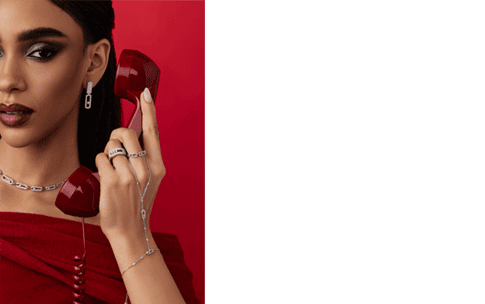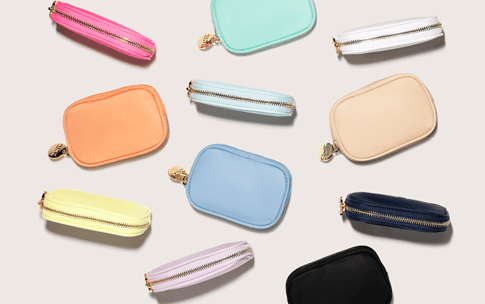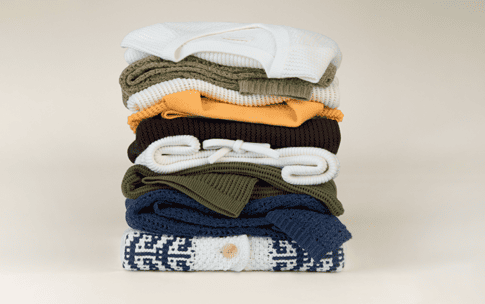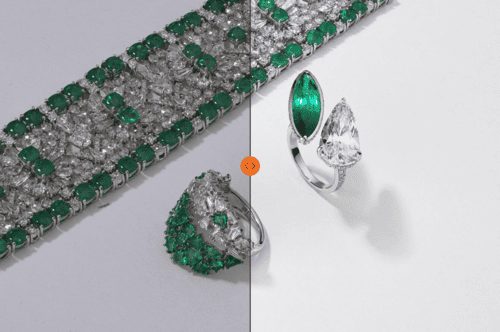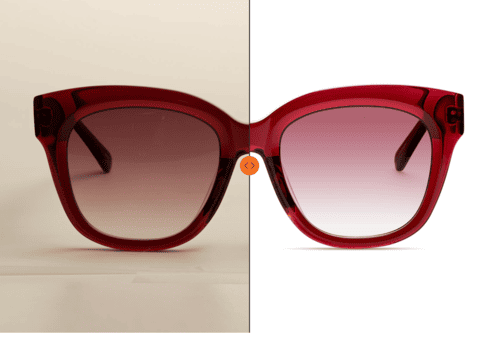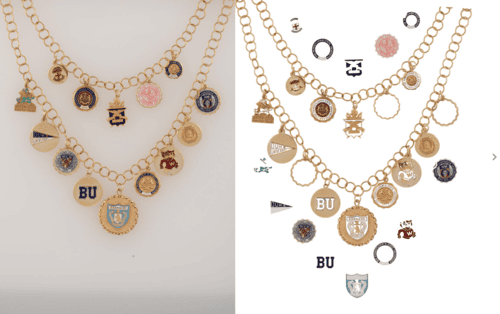Ensuring Photography Excellence for Signet Jewelers and Partner Brands
Signet Jewelers Photography Guidelines Overview
At LenFlash.com, we specialize in jewelry photography services for vendors retailing with Signet Jewelers and its acquired brands. Our approach to e-commerce photography ensures consistent, high-quality visual content across all platforms, meeting the rigorous standards required by Signet.
Vendor Compliance with Signet Jewelers' Photography Standards
Signet Jewelers requires vendors to provide consistent visual content that aligns with their photography guidelines. LenFlash guarantees that every vendor's images meet these standards, ensuring compatibility with Signet group e-commerce platforms. Our studio provides images vendors that are in strict compliance with the Signet Photography Guide, aligning seamlessly with its specifications for style, quality, and technical accuracy.
Guaranteed Image Acceptance with LenFlash
At LenFlash.com, we GUARANTEE that Signet and its brands will not reject images produced through our services. Vendors can trust that our production team understands and adheres to the specific requirements outlined by Signet. This ensures images are always accepted and eliminates the risk of costly reshoots or revisions.
Uniform Photography Standards Across Signet E-Commerce Brands
Signet's photography standards are uniform across its brands, including Zales, Peoples, Banter by Piercing Pagoda, Kay Jewelers, Jared.com, Rocksbox, Diamonds Direct, and BlueNile.com. Vendors must provide images that meet these brands' guidelines for style, quality, color, and technical specifications. Non-compliance with these criteria results in rejection and referral back to the vendor for corrections.
Detailed Photography Requirements for Jewelry
Jewelry images must accurately represent metal elements, including reflectiveness, light and dark contrasts, and the cut and color of diamonds and gemstones. Proper lighting and retouching techniques are essential to achieve these results. Distinctive features of each product must be clearly and authentically showcased to meet Signet's high standards.
Color Profiles and Lighting Guidelines
In accordance with the Signet guidelines, diamonds should exhibit a minimal amount of fire with controlled color flares, ensuring they are not overly saturated. Gemstone colors and natural inclusions must be presented authentically to reflect their true appearance. Jewelry must be clean, with metal tones matching specific color profiles to ensure consistency across all images.
Technical Specifications and Image Presentation
Balanced lighting is critical for accurately showcasing jewelry. Overexposed stones or inaccurate metal tones may result in non-compliance with Signet's requirements. All backgrounds must be pure white, with color space adhering to RGB standards. Drop shadows are mandatory and must maintain consistency in size, density, and placement to ground the products visually.
Specific Guidelines for Different Jewelry Items
Different jewelry types require specific shadow effects:
- Rings, charms, and watches: Grounded shadows.
- Pendants, bracelets, necklaces, earrings, and chains: Standard layer-effect shadows.
Image Specifications and Additional Requirements
All images must be 2500 x 2500 pixels at 300 dpi, with the jewelry filling approximately 2100 x 2100 pixels. File formats should include JPG and layered TIFF files. Additionally, a ruler shot is mandatory among the alternate images provided.
Benefits of Professional Photography for Vendors
Professional photography offers vendors significant advantages. Model shots and videos showcasing jewelry worn against a white background add value to your merchandise, helping vendors highlight their products effectively across multiple channels.
Advantages of Working with LenFlash
LenFlash provides unique benefits, setting us apart from other photography studios. Our cloud-based platform offers clients unlimited team member accounts and free, indefinite image hosting. Vendors and retailers gain access to an interactive online platform made for approving raw images, requesting 24-hour retouching support, and managing bulk file renaming or color corrections. Images can be shared effortlessly with retail buyers or team members, enhancing collaboration and streamlining processes.
